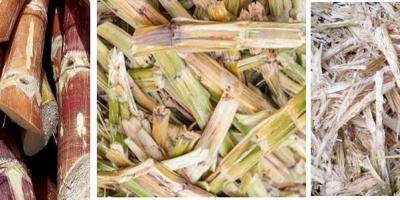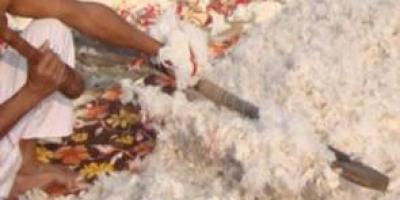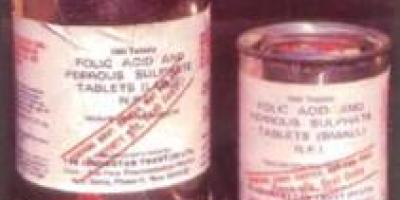Acculturation
Acculturation = culture contact
When there is contact between two people with different types of culture, there is diffusion of culture both ways
There are various ways by which culture contact takes place
1. Trade and commerce
2. Industrialization
3. Propagation of religion
4. Education and
5. Conquest
Trade and commerce
• Ayurveda and Yoga have become very popular in Europe and North America.




